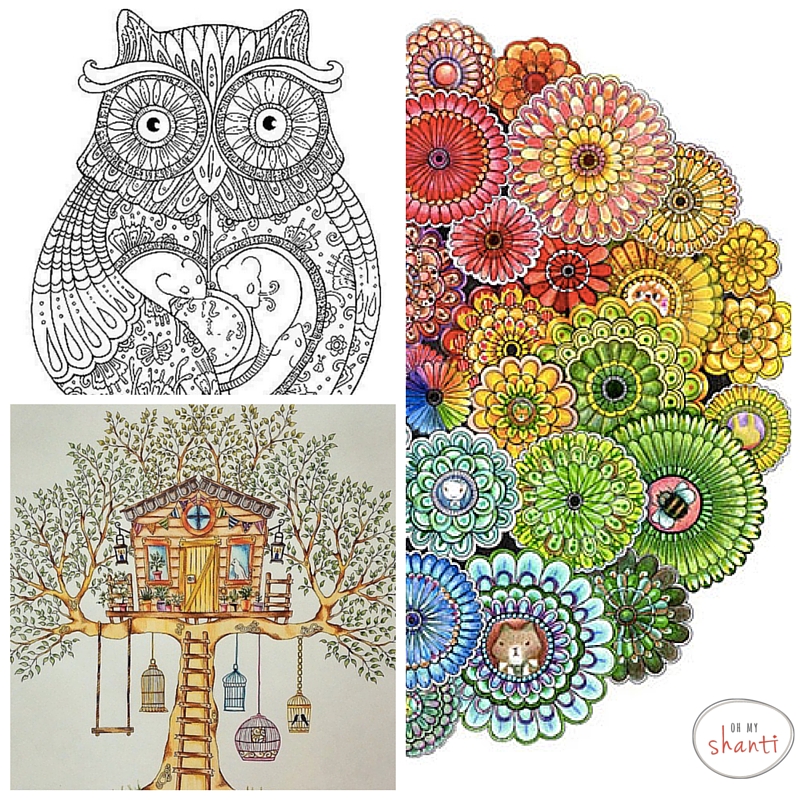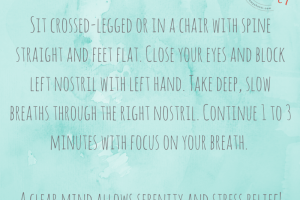I have an amazing friend from Argentina who is absolutely terrified of getting on airplanes.
Her father lives in Chile, and every time she wanted to visit him, it was a nightmare for her to fly.
About 4 or 5 years ago she told me she started painting mandalas. I was like “what?!”. Yes, as simple as that. She was told that coloring helps to relax and get you into a meditative state of mind, so she just gave it a try: first at home, and then while flying.
She is still terrified, but her experience was completely different and since then she hasn’t stopped coloring her stress and fears away.
After that, of course I had to try it!
I’m not afraid of flying (Actually I really enjoy it), but I love coloring and my inner child is very happy every time I grab the crayons, color books with intricate patterns (or mandalas) and flow with it.
I like putting some good music on while coloring, and sometimes I think about specific topics that are bothering me, or other days I color just because I know how good it makes me feel – my inner child is always very grateful afterwards!
Sooooo… how does coloring truly help us?
Goodbye fear, goodbye stress
According to clinical psychologist Ben Michaelis, coloring is a stress-free activity that relaxes the amygdala — the fear center of the brain — and allows your mind to get the rest it needs.
Coloring allows the fear center of your brain to relax, thereby relaxing you —and not just while you are coloring. Giving your amygdala periodic rests actually reduces your stress overall. Coloring is a meditative, free-time activity you can schedule, making it perfect for retraining your amygdala to respond less harshly to stress.
Training the brain to focus
Staying inside the lines takes focus, but not so much that it’s stressful. Clinical counselor Leslie Marshall notes that the activity “Opens up the frontal lobe of the brain (the home of organizing and problem solving) and focuses the mind” by allowing colorers to forget their worries
Improving motor skills
Coloring requires the two hemispheres of your brain to communicate, and the activity itself improves your fine motor skills and vision.
Coloring books, much like crossword puzzles, are therapeutic and may delay or prevent the onset of dementia in older individuals.
Coloring as therapy
Need more? Even the famed psychologist Carl Jung, founder of analytical psychology used to prescribe coloring to his psychiatry patients. He gave his clients mandalas to color as part of their therapy.
Well then, here are a few links to download coloring patterns for you to enjoy:
http://bit.ly/1KP5WVv
http://bit.ly/1Lp1Tjj
http://bit.ly/1UtwzoL
http://bit.ly/1M1K6iU
Well, nothing else to say, besides… grab your crayons, find a pattern and let’s make that inner child happy – while coloring mister stress away!
Read more:






2 comments
Very rapidly this site will be famous amid all blog visitors, due to it’s pleasant
posts
I just want to mention I am just all new to blogging and definitely savored your web site. Almost certainly I’m want to bookmark your website . You really have remarkable writings. Thanks a lot for sharing your webpage.